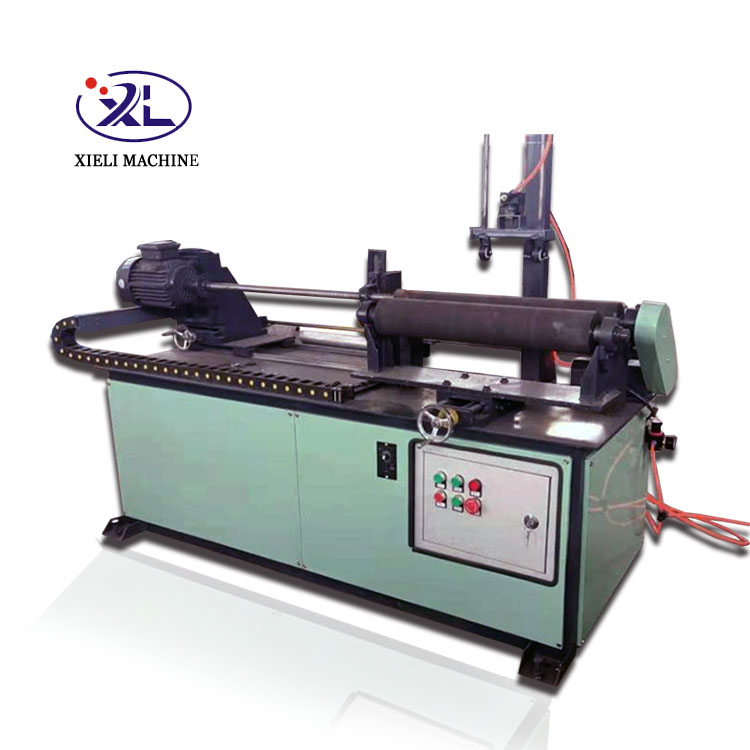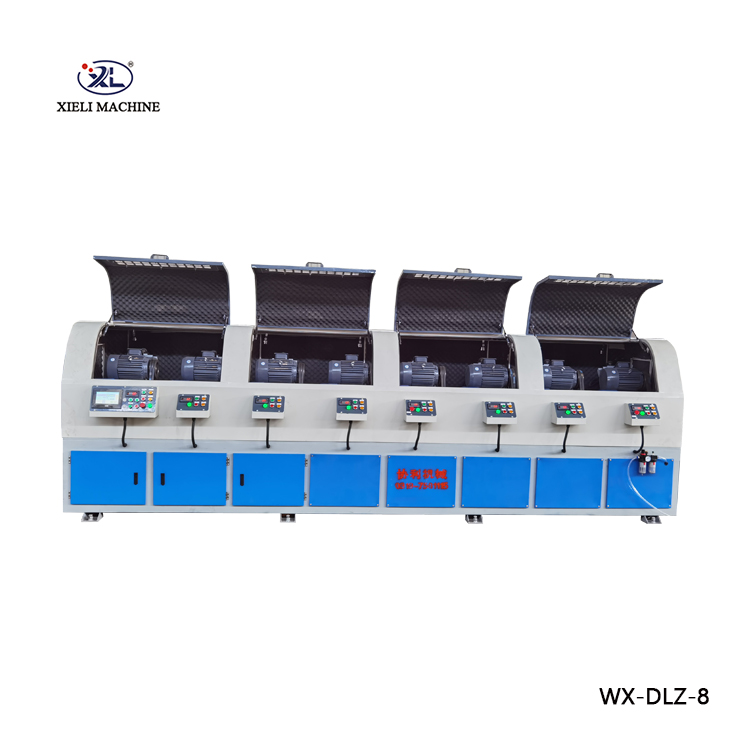Understanding Through-Feed Centerless Grinding A Comprehensive Overview
Through-feed centerless grinding is a highly efficient method used in the manufacturing industry to produce precision parts with tight tolerances and superior surface finishes. This process has gained popularity, particularly in the production of long cylindrical components, due to its ability to grind multiple parts simultaneously without the need for complex setups.
At its core, centerless grinding differs from traditional grinding methods. In conventional grinding, the workpiece is held in place between two centers or clamped in a vice, whereas in centerless grinding, the part is supported by a regulating wheel and a grinding wheel, allowing for continuous feed. This unique setup means that the workpiece doesn't require any additional fixturing, leading to significant time savings and increased throughput.
The Process of Through-Feed Centerless Grinding
The through-feed grinding process is particularly suited for cylindrical workpieces that are longer than their diameter. The operation begins with the placement of the workpiece between a grinding wheel and a regulating wheel, which is oriented at an angle. The grinding wheel rotates at high speeds while the regulating wheel rotates at a slower speed, pulling the workpiece through the grinding zone.
As the workpiece passes through the grinding wheel, it is ground on the outer diameter to the desired size and finish. The regulating wheel not only controls the rotational speed of the workpiece but also its position, ensuring consistent and uniform grinding. This process is highly automated, allowing for continuous operation and increased productivity.
Advantages of Through-Feed Centerless Grinding
One of the primary advantages of through-feed centerless grinding is its efficiency. Since parts can be fed continuously during the operation, manufacturers can achieve high production rates with minimal downtime. This is particularly beneficial for high-volume production runs, where the reduction in cycle time can lead to significant cost savings.
throughfeed centerless grinder

Another advantage is the ability to maintain tight tolerances. The precision of the grinding process allows manufacturers to produce parts with tolerances as tight as a few microns. This level of accuracy is essential in industries such as automotive, aerospace, and medical devices, where component reliability and performance are critical.
The surface finish produced by through-feed grinding is also superior to other machining methods. The grinding process can yield finishes that often exceed those produced by conventional methods, reducing the need for secondary operations like polishing or additional machining.
Applications of Through-Feed Centerless Grinding
Through-feed centerless grinding is ideal for various applications, especially where high production rates and precision are paramount. Commonly ground materials include steel, stainless steel, and aluminum, which are used to produce components such as shafts, pins, and tubes. In the automotive industry, this grinding method is often employed for manufacturing transmission components and valve guides.
Moreover, the versatility of through-feed centerless grinding allows it to be utilized in various sectors. For instance, in the medical device industry, it is used to produce precise components for surgical instruments and implants. In the aerospace sector, manufacturers often rely on this method for producing critical components subject to strict regulatory compliance.
Conclusion
Through-feed centerless grinding offers a remarkable combination of speed, precision, and cost-effectiveness that is vital for modern manufacturing. As industries continue to demand higher efficiency and precision in their production processes, the relevance of centerless grinding will only increase. Manufacturers looking to optimize their operations should consider implementing this technology, as it not only streamlines production but also enhances product quality.
In summary, through-feed centerless grinding stands out as a vital process in the realm of precision machining. With its ability to produce high-quality parts at unprecedented speeds, it plays a crucial role in meeting the rigorous demands of today’s manufacturing landscape. As advancements in grinding technology continue to evolve, the capabilities of through-feed centerless grinding will expand further, paving the way for innovation across various industries.





